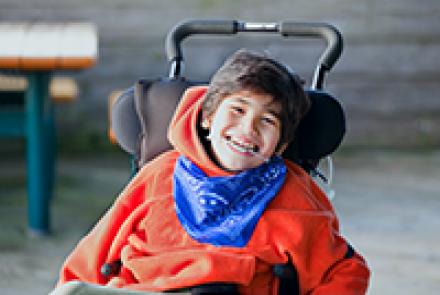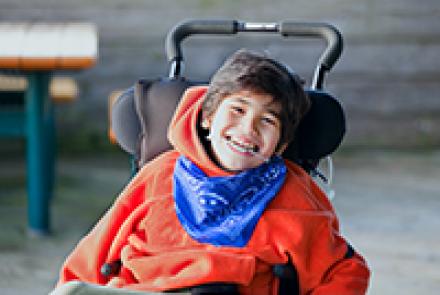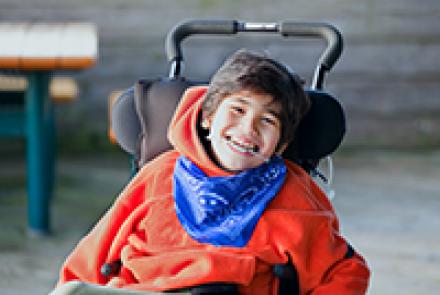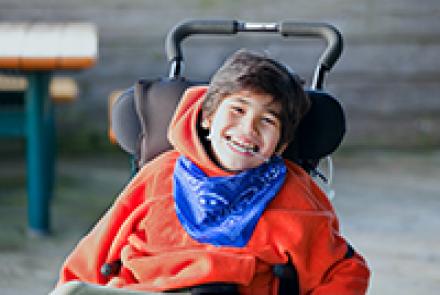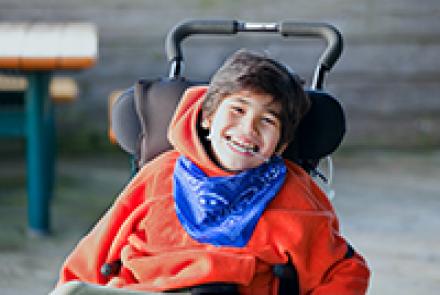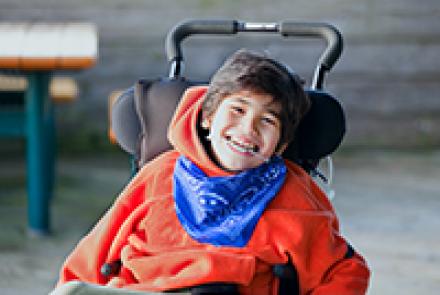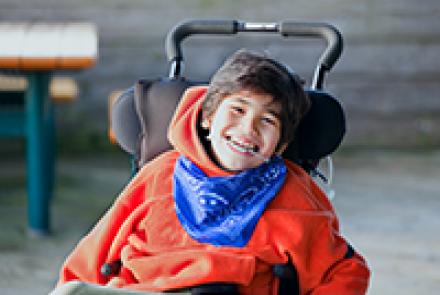1. Myth: Parkinson’s is contagious.
Reality: Parkinson’s is a neurological (occurring in the brain) condition which is not contagious and cannot be passed on from one person to the other.
2. Myth: All people with Parkinson’s have tremors.
Reality: Although tremor is the most widely recognized symptom of Parkinson’s, not all people who have Parkinson’s have tremors. Parkinson’s may manifest with a variety of other symptoms too. http://www.patientsengage.com/conditions/parkinson-…
Latest Stories
- In cases where the cause of cerebral palsy is unknown, nothing can be done to prevent it. However some cases relate to pregnancy complications and brain injuries. Pregnancy Complications Try and minimise these by ensuring appropriate prenatal care, trying to stay healthy during a pregnancy, avoid low birth weight, premature birth, Brain Injury Try and ensure that the baby does not have head injuries at very early stages. Make sure you take the baby to a doctor after a fall …
- Cerebral palsy affects each person differently. The person may lead a fairly normal life with little assistance or need help with everyday activities. For instance, they may suffer from an inability to control body movements, have problems with balance and seizures, may have trouble swallowing or speaking, or may be intellectually impaired. You will need to tailor the care to the needs of the person. You may need to consider some of the following: Understand the patient's communication style.…
- Treatment includes: Treatment to improve movements Drugs for medical problems Surgical approach Treatment to improve movements: Physiotherapy The child may need physiotherapy, sometimes throughout his life. The aim of physical therapy is to: Encourage motor development Improve the ability to move all parts of the body Promote, maintain and restore physical, psychological and social wellbeing. Equipment used to improve movements include: Devices to maintain normal posture of the child…
- Cerebral palsy is diagnosed based on the child’s medical history and physical examination, like the infant’s motor skill and symptoms. Brain imaging technologies can reveal areas of damage or abnormal development in the brain. The tests include: Radiographic tests: Magnetic resonance imaging (MRI): An MRI uses radio waves and a magnetic field to produce detailed 3-D or cross-sectional images ofthe brain. An MRI can often identify any lesions or abnormalities in the brain. Cranial…
- Types of cerebral palsy Based on severity: Categorised into mild, moderate and severe Mild: Daily activities are not affected and child can move without assistance Moderate: Child needs assistance like medication and adaptive technology to accomplish daily activities Severe: Child requires support and will have significant challenges in accomplishing daily activities Based on topographical distribution they are classified as: Monoplegia: One limb is affected Diplegia: Two limbs are…
- What are the signs and symptoms of cerebral palsy? Impairment of muscle tone: The ability of muscles to work together is lost, leading to increased or decreased muscle tone.Limbs become floppy with decreased muscle tone or become rigid with increased tone. Impairment of movement coordination and control: Impairment of muscles lead to gait disturbances and the child may drag a leg or bend over and walk. Gait disturbances include: Limping – more weight is placed on one foot than the other,…
- What are the risk factors for cerebral palsy? Congenital (at birth) cerebral palsy risk factors include: Low birth weight Premature birth Multiple births (It can be twins, triplets or more) Infertility treatments undergone by parents Infections during pregnancy Jaundice Birth complications Medical condition of mother Acquired (after birth) cerebral palsy risk factors include: Brain infections Injury
- Cerebral palsy is a neurological disorder, which impairs movement and coordination. It is caused by abnormality or damage to the part of the brain – the cerebral cortex - that controls movement. It can be congenital or acquired early in life. It is non-progressive and does not worsen over time. Part of the brain affected in cerebral palsy When does this damage to the brain occur? Damage that causes cerebral palsy can occur: Before birth During birth Within a month after birth During…


